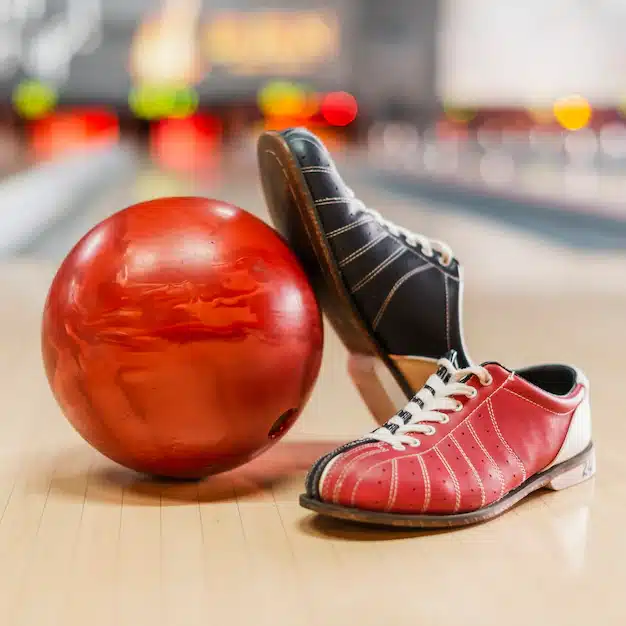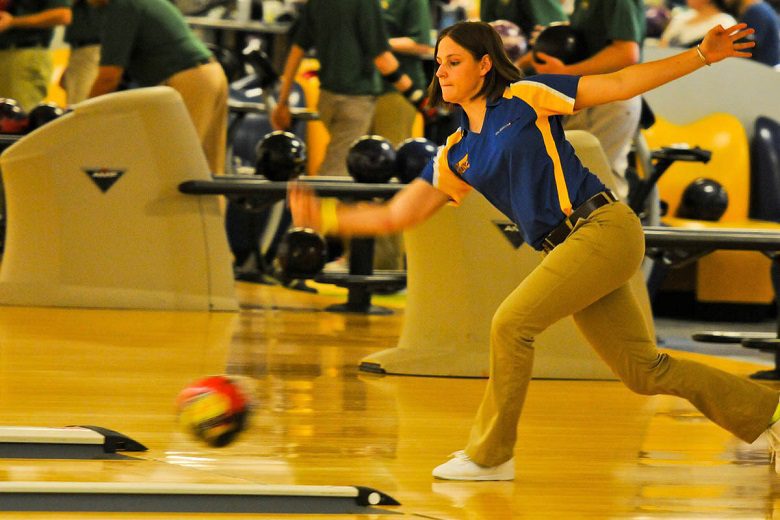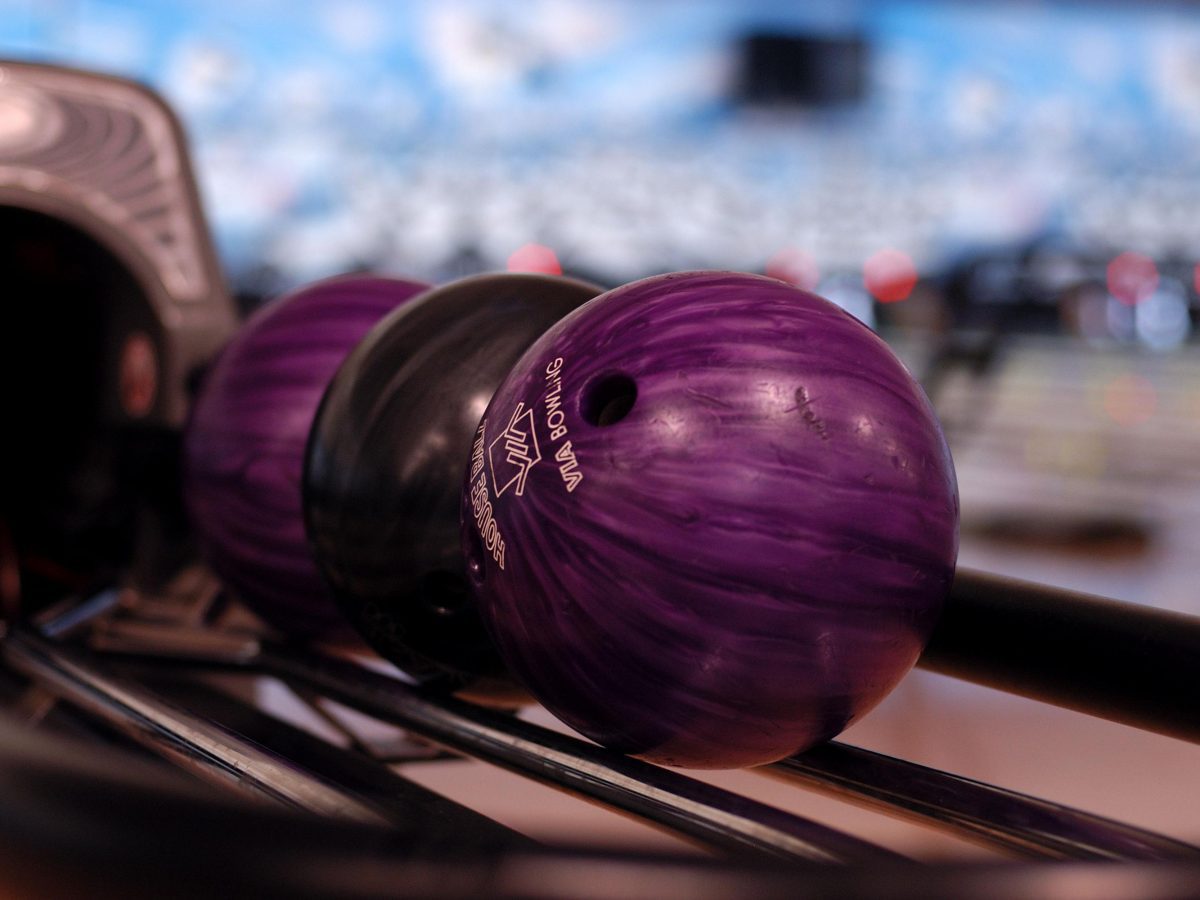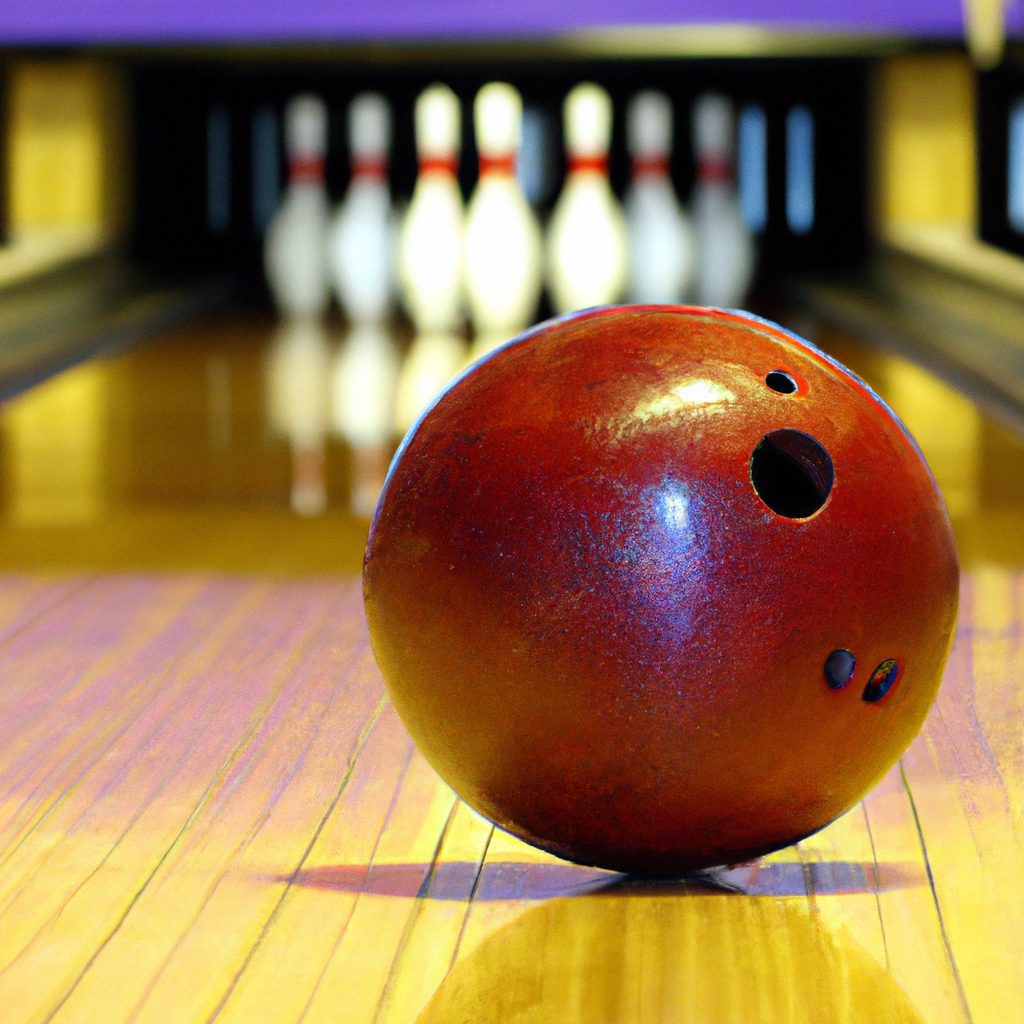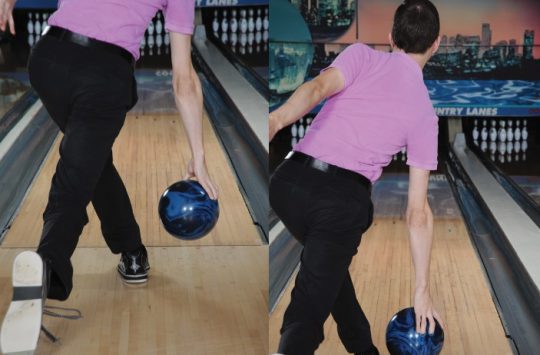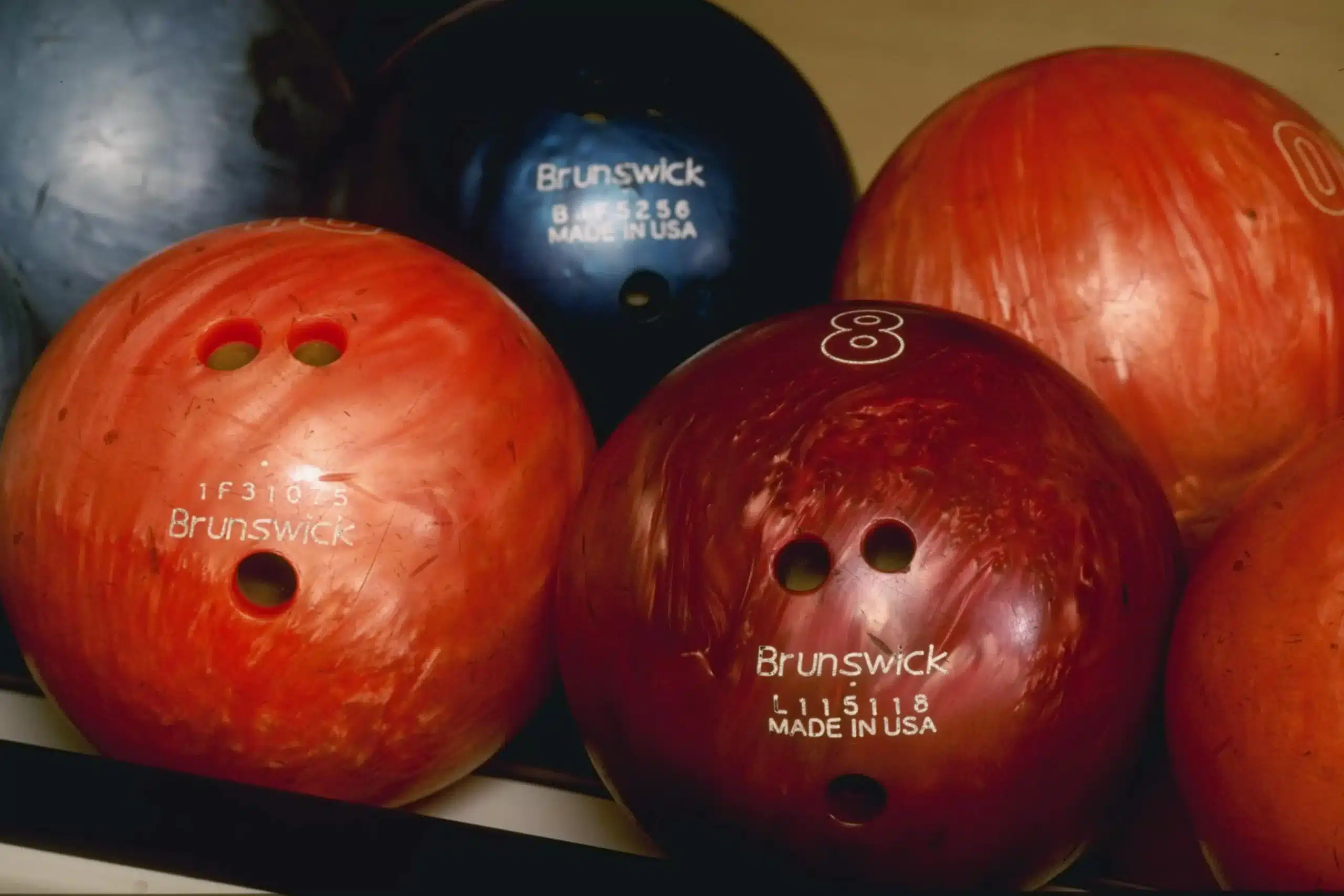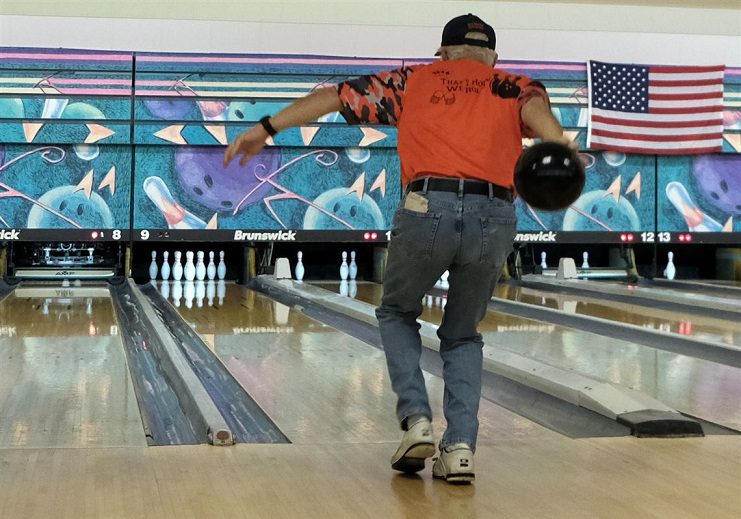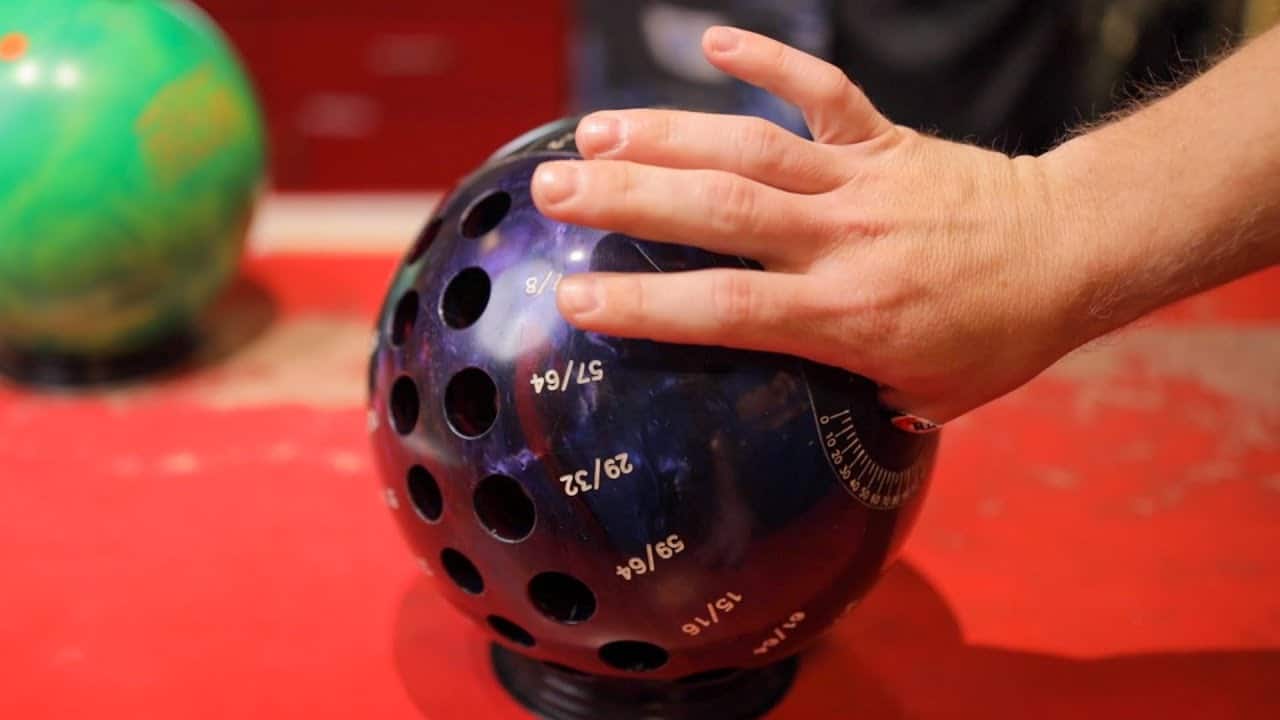Bowling enthusiasts have long debated whether it is crucial to keep your arm straight while making your throw. While some argue that a bent arm can add power and accuracy to your shot, others insist that maintaining a straight arm allows for better control and consistency. In this article, we will explore the arguments for and against keeping your arm straight in bowling, examining the impact it can have on your performance and providing tips for finding the right balance. Whether you’re a seasoned pro or just starting out, understanding the importance of arm position can make a significant difference in your success on the lanes.
Review contents
Importance of Arm Position in Bowling
Bowling is a game of precision and technique, and every little detail can greatly impact the outcome of a shot. One often overlooked yet essential aspect of bowling is the position of the arm during the delivery. The way we hold and move our arm can significantly affect our accuracy, ball path, and overall performance on the lanes. In this article, we will explore the various aspects of arm position in bowling, its benefits and drawbacks, techniques to maintain the arm straight, alternatives to consider, and the implications for different bowling styles.
The Role of the Arm in Bowling
The arm plays a crucial role in the mechanics of bowling. It serves as the primary lever that propels the ball towards the pins, dictating its direction, speed, and revolutions. The position of the arm and how it moves throughout the shot can have a profound impact on the outcome. Therefore, understanding the importance of maintaining the correct arm position is imperative for bowlers of all skill levels.
Benefits of Keeping the Arm Straight
One of the most common techniques in bowling is keeping the arm straight throughout the delivery. This approach offers several benefits that contribute to improved accuracy and ball control. Firstly, having a straight arm promotes a consistent swing path, allowing the bowler to repeat the same motion with precision. This consistency translates into enhanced accuracy, making it easier to hit the desired target consistently.
Moreover, a straight arm facilitates better leverage and power generation. When the arm is straight, it acts as an extended lever, maximizing the transfer of energy from the body to the ball. This increased power can result in improved ball speed and pin carry, giving bowlers an advantage on the lanes.
Drawbacks of Keeping the Arm Straight
While keeping the arm straight has its benefits, it may not be suitable for everyone. Some bowlers find it challenging to maintain a straight arm throughout the shot due to individual physical characteristics or preferences. This technique requires a high level of arm flexibility and strength, which not all bowlers possess. Additionally, maintaining a perfectly straight arm can feel unnatural and uncomfortable to some, potentially affecting their overall performance.
Techniques for Keeping the Arm Straight
For those who wish to maintain a straight arm position, there are several techniques to help achieve this goal. It starts with proper arm positioning at the setup, where the arm should be relaxed and slightly angled towards the target. This position allows for a smooth transition during the approach, maintaining the arm alignment and preventing the elbow from collapsing.
During the approach, it is essential to maintain the alignment of the arm relative to the body. This can be achieved by focusing on keeping the elbow close to the body and maintaining a consistent swing plane. By avoiding unnecessary arm movements and deviations from the desired alignment, bowlers can maximize their chances of delivering accurate shots.
Finally, the arm follow-through in the release is crucial for maintaining a straight arm position. After releasing the ball, the arm should continue its forward motion, extending towards the target. This follow-through helps ensure that the arm remains straight throughout the entire delivery, optimizing accuracy and power generation.
Alternatives to Keeping the Arm Straight
While a straight arm position is commonly preferred, it is not the only technique used in bowling. Some bowlers opt for a bent arm technique, which involves intentionally bending the elbow during the swing. This technique can provide additional control and comfort for those who struggle with a straight arm position. By allowing the arm to naturally bend, bowlers may find it easier to achieve a consistent swing motion and release point.
Another alternative is the hybrid arm position, which combines elements of both the straight and bent arm techniques. In this approach, the arm starts in a straight position but gradually bends as the ball descends towards the release point. This technique offers a compromise between the benefits of a straight and bent arm, allowing for improved control and power generation while accommodating individual preferences and physical limitations.
Considering Individual Physical Characteristics
When determining the optimal arm position, bowlers must take into account their individual physical characteristics. Factors such as body flexibility, arm extension, wrist and elbow strength, and body anthropometry can significantly influence the choice of arm technique. Understanding these variables helps bowlers tailor their approach to maximize their performance on the lanes.
Body flexibility and arm extension play a crucial role in implementing a straight arm technique. Bowlers with greater flexibility and extension in their arm can more easily maintain a straight position throughout the delivery. Conversely, individuals with limited flexibility may find it difficult to achieve and sustain a perfectly straight arm.
Similarly, wrist and elbow strength affect the ability to control the arm movement. The strength of these joints directly impacts the stability and control of the arm, affecting its alignment and accuracy. Bowlers with weaker wrists and elbows may need to adjust their arm position or explore alternative techniques that provide more comfort and stability.
Body anthropometry, including factors such as arm length and proportion, can also influence the arm position. Bowlers with longer arms may encounter challenges in maintaining a straight position, as the lever length increases. Similarly, differences in arm proportions relative to the body might require adjustments to achieve optimal alignment and balance during the shot.
Effect on Ball Path and Accuracy
The position of the arm during the delivery significantly impacts the ball path and accuracy. Whether the arm remains straight or follows a curved path can produce different results and affect scoring potential. Understanding the implications of these arm positions helps bowlers make informed decisions about their technique.
With a straight arm, bowlers can achieve higher target accuracy. The consistent swing path, facilitated by a straight arm position, allows for precise alignment with the intended target. This technique reduces the margin for error, increasing the chances of hitting the desired spot consistently and improving overall scoring potential.
On the other hand, a curved arm technique can enhance the ball’s hook potential. By allowing the arm to follow a curved path during the swing, bowlers can generate more side spin and revolutions on the ball. This increased hook potential can be advantageous on certain lane conditions, enabling bowlers to create angles and carry through the pins more effectively.
The hand release also plays a crucial role in the final ball path. Regardless of the arm position, the release of the ball determines its trajectory and spin. By varying the position of the hand at the point of release, bowlers can adjust the amount of rotation and control the entry angle into the pins. This fine-tuning of the release, combined with the chosen arm technique, contributes to overall accuracy and scoring consistency.
Preventing Arm Injuries and Strain
In any physical activity, the risk of injury is a concern, and bowling is no exception. The position of the arm can influence the susceptibility to arm injuries and strain. By understanding potential risks and implementing preventive measures, bowlers can reduce their chances of getting injured on the lanes.
Common arm injuries in bowling include tendonitis, muscle strains, and inflammation. These injuries can result from overuse, poor technique, or inadequate conditioning. Maintaining a proper arm position throughout the delivery can help distribute the forces evenly, reducing the risk of excessive strain on specific muscles and tendons.
Implementing exercises and techniques to prevent injuries is crucial. Strengthening exercises for the wrist, forearm, and shoulder can help improve stability and reduce the risk of strain. Additionally, maintaining a balanced training regimen that includes stretching and flexibility exercises can enhance the overall health and resilience of the arm.
Regularly monitoring and evaluating the arm technique can also help detect potential issues before they escalate into injuries. Seeking guidance from a coach or professional can provide valuable insights and corrective measures to ensure the arm remains safe and injury-free during bowling sessions.
Implications for Different Bowling Styles
Different bowling styles may require varying approaches to arm position. The style of play, be it two-handed, cranker, or traditional, can influence the optimal arm technique. Understanding these implications helps bowlers choose the most suitable arm position for their preferred style.
Two-handed bowling, characterized by the use of both hands to deliver the ball, often involves a more extreme arm position. With the dominant hand on top of the ball and the non-dominant hand supporting from below, a straight arm technique is commonly utilized. This technique allows for maximum power generation and control, essential for executing the complex two-handed approach.
Cranker style bowlers, who generate high revolutions on the ball and create angular shots, may also benefit from a straight arm position. By having a straight arm, crankers can achieve a more consistent swing plane and maximize energy transfer, enhancing their ability to generate revolutions and hook potential.
Traditional style bowlers, characterized by a smooth and steady release, may adopt a slightly relaxed arm position. While a straight arm can still be advantageous, traditional bowlers often focus more on timing and accuracy. By maintaining a relaxed arm, they can achieve a natural and fluid motion, emphasizing precision rather than brute strength.
Expert Opinions on Arm Position
To gain further insights into the importance of arm position in bowling, we turn to the recommendations of coaches, professional bowlers, and research findings.
Coaches consistently emphasize the significance of maintaining a straight arm position for improved accuracy and power. They emphasize the importance of proper setup, arm alignment, and follow-through to ensure a consistent and controlled delivery. Coaches also stress the need to consider individual physical characteristics and make adjustments accordingly.
Professional bowlers, who have honed their skills through years of practice and competition, often rely on a straight arm technique. Their experience and expertise confirm the benefits of a straight arm in maximizing accuracy and ball control. However, it is worth noting that professional bowlers also tailor their approach to suit their personal preferences and unique style of play.
Research corroborates the importance of arm position in bowling. Studies have shown that a straight arm position promotes a more efficient transfer of energy from the body to the ball. This, in turn, leads to increased accuracy and improved scoring potential. However, researchers also acknowledge that individual factors such as flexibility, strength, and body proportions should be considered when determining the optimal arm technique.
Personal Preference and Experimentation
While expert opinions and research findings provide valuable insights, it is important to remember that personal preference and experimentation play a significant role in finding the ideal arm position. Finding one’s comfort level is essential for consistent performance on the lanes. Every bowler is unique, and what works for one may not necessarily work for another.
Experimentation is key to discovering the most suitable arm technique. Bowlers should not be afraid to try different approaches, such as the straight arm, bent arm, or hybrid positions, to determine which feels the most natural and produces the desired results. It may take time to find the optimal arm position, but the journey of exploration can ultimately lead to improved performance and enjoyment of the game.
Seeking guidance from coaches or experienced bowlers can provide valuable advice and suggestions during the experimentation process. Experienced individuals can provide insights, technical cues, and personalized recommendations based on their own experiences and observations.
Conclusion
The position of the arm in bowling plays a crucial role in achieving accuracy, power, and control. While keeping the arm straight offers benefits in terms of consistency and leverage, it may not be suitable for everyone. Individual physical characteristics, personal preferences, and bowling style should be taken into consideration when determining the optimal arm position.
Maintaining a straight arm requires a high level of flexibility, strength, and control. However, alternative techniques such as a bent arm or hybrid position can offer greater comfort while still allowing for effective performance. The choice ultimately depends on personal preference and experimentation.
Regardless of the chosen arm technique, regular practice, conditioning, and injury prevention techniques are essential. By understanding the implications of different arm positions, bowlers can make informed decisions to maximize their performance, prevent injuries, and enjoy the game to the fullest. So next time you step onto the bowling lanes, pay close attention to your arm position – it might make all the difference in your game!




![Spare bowling ball Top 10 in 2024. (reviews) Top 10 Best Spare Bowling Balls [2021 Reviewed]](http://landofbowling.com/wp-content/uploads/2021/07/Top-10-Best-Spare-Bowling-Balls-2021-Reviewed.jpg)







